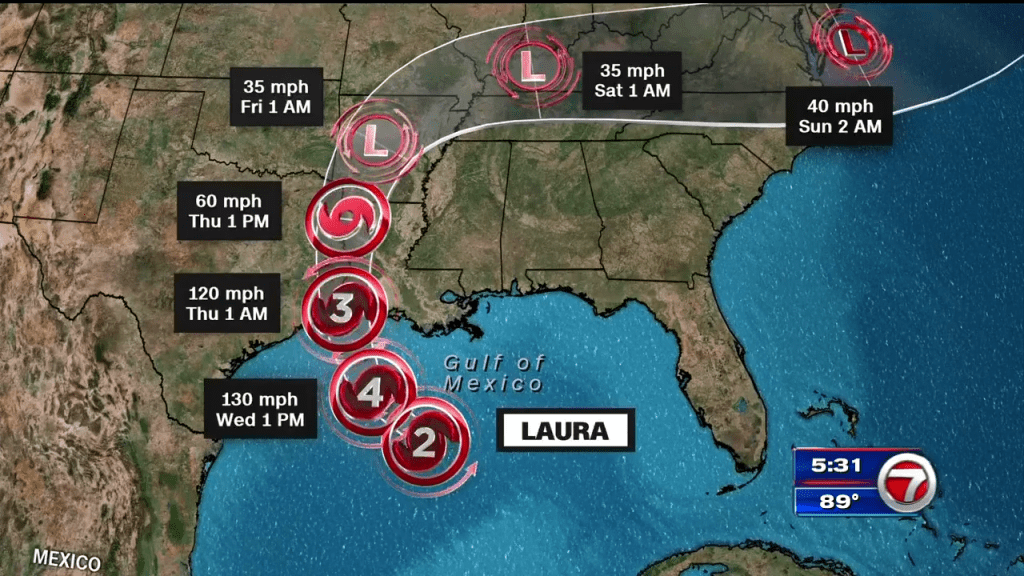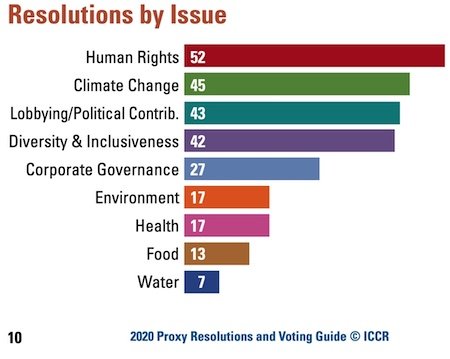What Is A Flash Flood? Understanding Flood Warnings And Alerts

Table of Contents
Understanding Flash Floods: What Makes Them So Dangerous?
Defining Flash Floods:
A flash flood is a rapid and sudden rise in water levels, typically within six hours of heavy or excessive rainfall. This sudden inundation differs significantly from slower-onset riverine floods. While heavy rainfall is the most common cause, flash floods can also be triggered by dam failures, levee breaches, or the sudden release of water from a melting snowpack in mountainous regions. The speed and unexpected nature of flash floods are what make them so dangerous.
The Speed and Power of Flash Floods:
The sheer velocity and force of flash floodwaters are devastating. Unlike slow-moving river floods, flash floodwaters rush with incredible power, capable of sweeping away cars, homes, and even large debris with ease. The rapid rise of water leaves little to no time for escape, leading to significant property damage, injuries, and unfortunately, fatalities. Statistics from the National Weather Service consistently show flash floods ranking among the deadliest and most costly weather-related hazards in many countries.
- Unexpected and rapid rise in water levels: Water levels can increase dramatically in a matter of minutes.
- Short warning times: Often, there is minimal time between the onset of heavy rainfall and the arrival of the flash flood.
- High velocity water currents: The fast-moving water carries immense destructive force.
- Debris and dangerous currents: Floodwaters often carry debris, including trees, vehicles, and building materials, posing additional hazards.
- Significant property damage and loss of life: Flash floods cause billions of dollars in damage annually and claim many lives.
Recognizing Flood Warnings and Alerts:
Different Types of Warnings and Alerts:
Understanding the terminology used in flood warnings is critical. Here's a breakdown:
- Watch: A flash flood watch means conditions are favorable for flash flooding to develop. Stay informed and be prepared to act.
- Warning: A flash flood warning indicates a flash flood is imminent or is already occurring. This is a serious alert requiring immediate action. Evacuate if instructed.
- Advisory: A flash flood advisory suggests flooding is possible, but the threat is less severe than a warning. Monitor conditions closely.
Sources of Information:
Reliable sources for receiving timely flood warnings include:
-
The National Weather Service (NWS): Check their website or mobile app for the latest forecasts and alerts.
-
Local news: Television, radio, and online news sources provide crucial updates during severe weather events.
-
Weather apps: Many reputable weather apps offer real-time alerts and warnings for your specific location.
-
Utilize multiple sources for confirmation to ensure accuracy.
-
Sign up for emergency alerts through your local government or mobile carrier.
Staying Safe During a Flash Flood: Preparedness and Response
Pre-Flood Preparations:
Proactive preparedness is crucial for surviving a flash flood. Develop a comprehensive plan well in advance:
Actions to Take During a Flash Flood Warning:
When a flash flood warning is issued, immediate action is necessary:
- Develop an evacuation plan: Identify safe routes and evacuation locations.
- Gather emergency supplies: Stockpile food, water, a first-aid kit, medications, and other essential items.
- Move to higher ground immediately: This is your top priority upon receiving a warning.
- Never drive or walk through floodwaters: Even shallow water can be deceptively dangerous.
- Turn off utilities: If instructed to do so by authorities, turn off gas, electricity, and water to prevent further damage.
Post-Flood Recovery and Safety:
Assessing the Damage:
After the floodwaters recede, carefully assess the damage, prioritizing safety:
Seeking Help and Support:
Following a flash flood, you may need assistance:
- Check for structural damage: Ensure your home is safe before re-entering.
- Avoid contact with floodwaters: Floodwaters can be contaminated with sewage and harmful chemicals.
- Report damage to authorities: Contact your local emergency services and government agencies.
- Contact your insurance company: Begin the process of filing an insurance claim.
- Seek professional help for cleanup and repairs: Engage qualified contractors for necessary repairs and cleanup.
Conclusion:
Flash floods are a significant threat, but understanding the risks, interpreting warnings accurately, and taking proactive measures can significantly reduce your vulnerability. Remember the importance of preparedness, swift action upon receiving flood warnings, and post-flood safety. Stay safe this season by understanding flash flood warnings and alerts. Develop your flash flood preparedness plan today! For more information and resources, visit the National Weather Service website. Proactive preparation and prompt response are crucial to mitigating the risk associated with flash floods.

Featured Posts
-
 Jelajahi Dunia Seni Dan Otomotif Di Porsche Indonesia Classic Art Week 2025
May 25, 2025
Jelajahi Dunia Seni Dan Otomotif Di Porsche Indonesia Classic Art Week 2025
May 25, 2025 -
 Flash Floods Recognizing The Signs Heeding The Warnings And Staying Safe
May 25, 2025
Flash Floods Recognizing The Signs Heeding The Warnings And Staying Safe
May 25, 2025 -
 Shareholders Unanimously Approve All Resolutions At Imcd N V Agm
May 25, 2025
Shareholders Unanimously Approve All Resolutions At Imcd N V Agm
May 25, 2025 -
 Gambling On Disaster Examining The Los Angeles Wildfire Betting Phenomenon
May 25, 2025
Gambling On Disaster Examining The Los Angeles Wildfire Betting Phenomenon
May 25, 2025 -
 Dealers Double Down Fighting Ev Mandate Requirements
May 25, 2025
Dealers Double Down Fighting Ev Mandate Requirements
May 25, 2025
Latest Posts
-
 Queen Wens Second Parisian Court Details And Impact
May 25, 2025
Queen Wens Second Parisian Court Details And Impact
May 25, 2025 -
 Rome Open Zheng Scores Upset Victory Over Sabalenka Faces Gauff
May 25, 2025
Rome Open Zheng Scores Upset Victory Over Sabalenka Faces Gauff
May 25, 2025 -
 Skandal O Kuluep Doert Oyuncusuyla Sorusturmanin Ortasinda
May 25, 2025
Skandal O Kuluep Doert Oyuncusuyla Sorusturmanin Ortasinda
May 25, 2025 -
 Real Madrid In Doert Yildiz Oyuncusu Sorusturmada
May 25, 2025
Real Madrid In Doert Yildiz Oyuncusu Sorusturmada
May 25, 2025 -
 Queen Wen Returns To Paris A Look At Her Court
May 25, 2025
Queen Wen Returns To Paris A Look At Her Court
May 25, 2025
